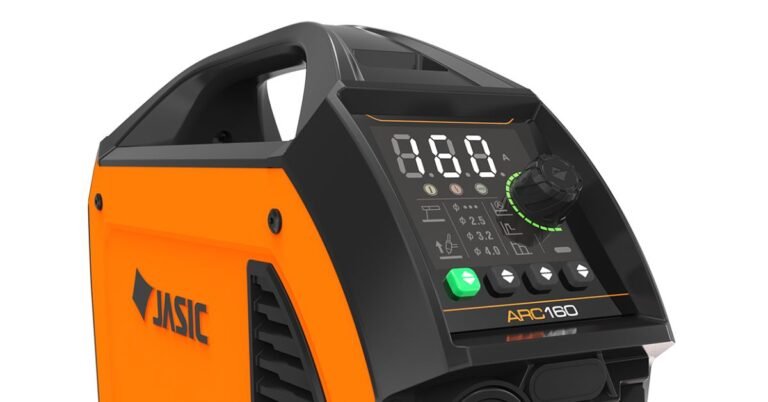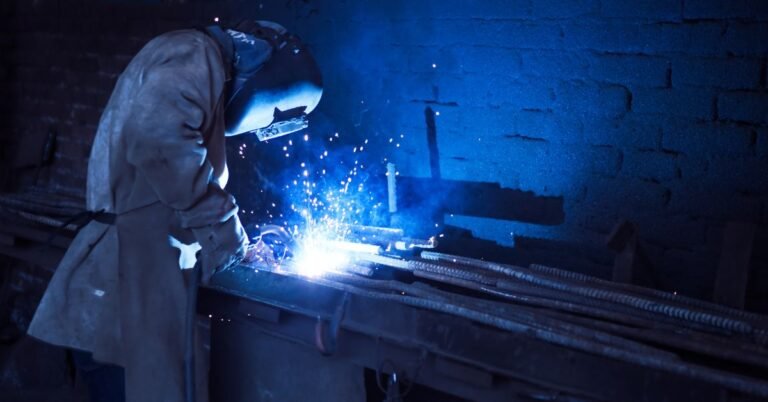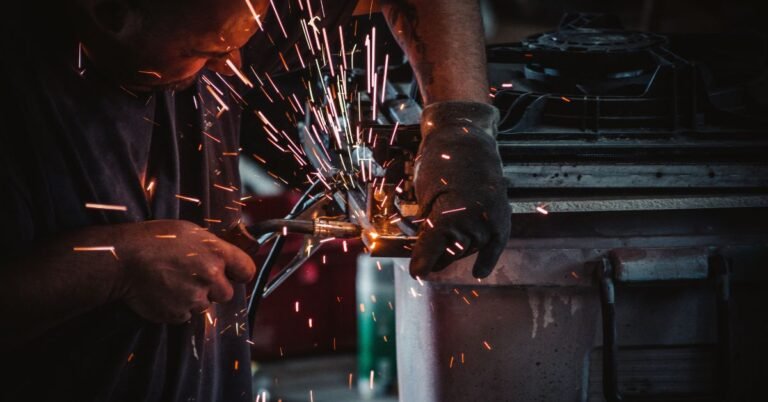Account
Welding is a versatile and essential process used in various industries, from construction to manufacturing. When it comes to welding, there are multiple techniques and methods to choose from, each with its unique set of advantages and disadvantages. Two commonly used welding methods are gasless (flux-cored) welding and gas-shielded welding. In this blog post, we will explore the differences between these two techniques to help you make an informed choice for your welding needs.
Gasless (Flux-Cored) Welding
Gasless welding, also known as flux-cored welding, is a welding method that uses a special tubular wire with a flux core, which provides a shielding gas when it melts. Here are some key characteristics and differences of gasless welding:
- Shielding Gas: Gasless welding does not require an external shielding gas, as it generates its shielding gas from the flux core as it melts. This makes it a more convenient and cost-effective option for many applications.
- Portability: Gasless welding is highly portable and suitable for outdoor welding projects because it doesn’t rely on an external gas source. This makes it ideal for remote or on-site work.
- Penetration and Heat: Gasless welding tends to produce deeper penetration and higher heat input compared to gas-shielded welding, making it suitable for thicker materials.
- Welding Positions: It is well-suited for vertical and overhead welding positions due to its deeper penetration capabilities.
- Applications: Gasless welding is commonly used in construction, shipbuilding, and heavy equipment repair, where mobility and versatility are crucial.
Gas-Shielded Welding
Gas-shielded welding, on the other hand, relies on an external shielding gas to protect the welding area from atmospheric contaminants. The most common types of gas-shielded welding are MIG (Metal Inert Gas) and TIG (Tungsten Inert Gas) welding. Here are the key characteristics and differences of gas-shielded welding:
- Shielding Gas: Gas-shielded welding requires a separate shielding gas, typically argon, helium, or a mixture of gases, to protect the weld pool from oxidation and other contaminants. This gas is supplied through a separate nozzle or hose.
- Cleaner Welds: Gas-shielded welding produces cleaner and smoother welds with less spatter, making it suitable for applications where aesthetics and precision are important.
- Versatility: It is highly versatile and can be used on a wide range of materials, including aluminum, stainless steel, and carbon steel.
- Welding Positions: Gas-shielded welding is more suitable for horizontal and flat welding positions due to its shallower penetration compared to gasless welding.
- Complex Projects: This method is preferred for intricate and detailed projects, such as automotive manufacturing and aerospace applications.
Conclusion
In summary, the choice between gasless (flux-cored) welding and gas-shielded welding depends on your specific welding needs and project requirements. Gasless welding offers portability, deeper penetration, and cost-effectiveness, making it suitable for outdoor and heavy-duty applications. On the other hand, gas-shielded welding provides cleaner and more precise welds, making it ideal for projects that demand high-quality and aesthetic finishes.
Ultimately, the decision should be based on factors such as the material you’re working with, the welding position, and the desired outcome. Many professional welders have both gasless and gas-shielded welding equipment in their arsenal to tackle a wide range of projects effectively.







